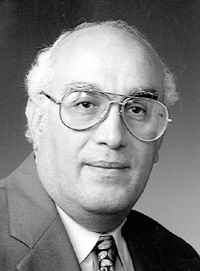How do geniuses come up with ideas? What links the thinking style that produced
Mona Lisa with the one that spawned the theory of relativity? What can we learn
from the thinking strategies of the Galileos, Edisons, and Mozarts of history?
By studying the notebooks, correspondence, and conversations of some of the world’s
great thinkers in science, art, and industry, scholars have identified the following
thinking strategies that enable geniuses to generate original ideas:
1. Geniuses look at problems from all angles. Sigmund Freud’s analytical
methods were designed to find details that didn’t fit traditional paradigms in order
to come up with a completely new point of view. To solve a problem creatively,
you must abandon the first approach that comes to mind, which usually stems
from past experience, and reconceptualize the problems. Geniuses do not merely
solve existing problems; they identify new ones.
2. Geniuses make their thought visible. Geniuses developing visual and spatial
abilities that allowed them to display information in the Renaissance was tied to
the development of graphic illustration during that period, notably the scientific
diagrams of Leonardo da Vinci and Galilei Galileo revolutionized science by
making his thought graphically visible while his contemporaries used more
conventional means.
3. Geniuses produce. Thomas Edison held 1,093 patents, still a record. He
guaranteed a high level of productivity by giving himself idea quotas: one minor
invention every 10 days and a major invention every six months. Johann
Sebastian Bach wrote a cantata every week, even when he was sick or exhausted.
Wolfgang Mozart produced more than 600 pieces of music.
4. Geniuses make novel combinations. Like playful children with buckets of
building blocks, geniuses constantly combine and recombine ideas, images, and
thoughts. The laws of heredity were developed by Gregor Mendel, who
combined mathematics and biology to create a new science of genetics.
5. Geniuses force relationships. Their facility to connect the unconnected enables
geniuses to see things others miss. Da Vinci noticed the similarity between the
sound of a bell and a stone hitting water-and concluded that sound travels in
waves.
6. Geniuses prepare themselves for chance. Whenever we attempt to do something
and fail, we end up doing something else. That’s the first principle of creative
accident. We may ask ourselves why we have failed to do what we intended,
which is a reasonable question. But the creative accident leads to the question:
What have we done? Answering that one in a novel, unexpected way is the
essential creative act. It is not luck, but creative insight of the highest order.
